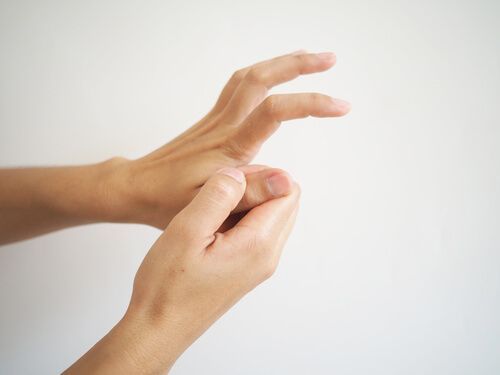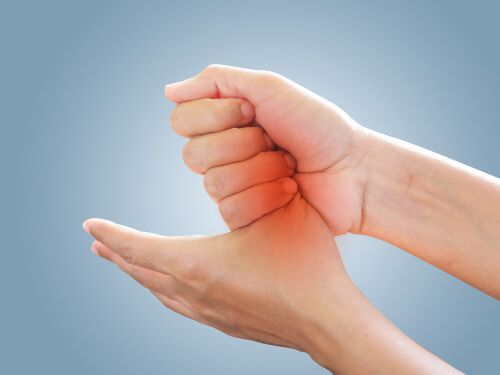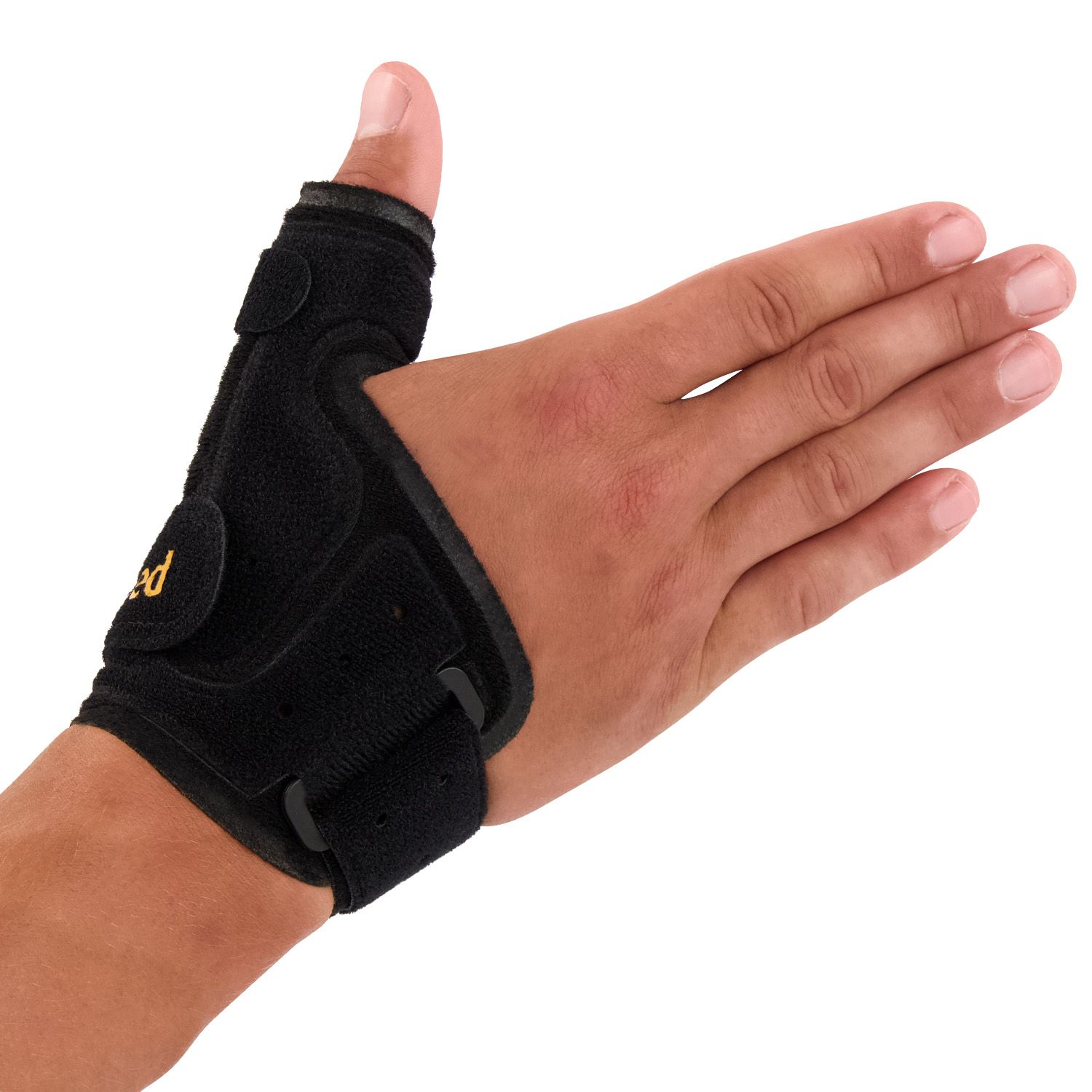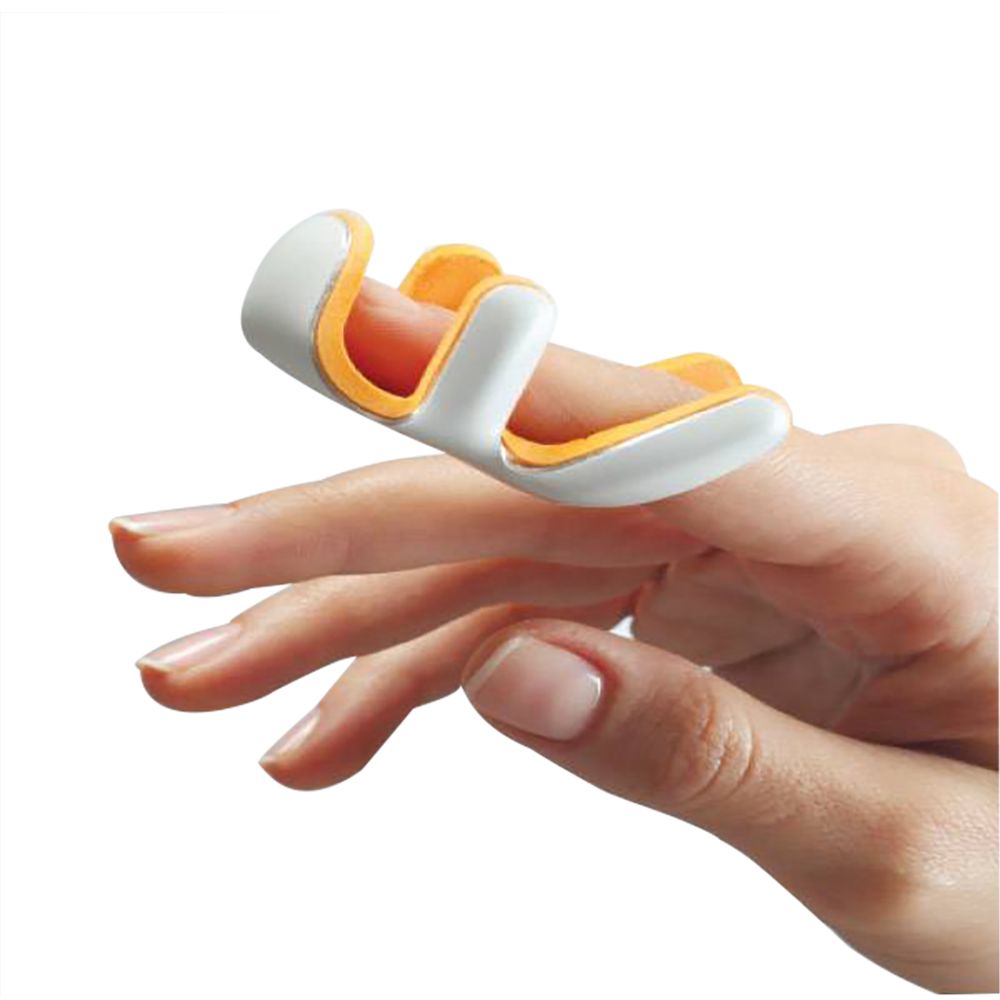Trigger thumb
A trigger thumb is a very unpleasant condition that affects the thumb and can develop due to various causes. We are happy to explain more about the cause, symptoms and treatments of this injury. Read on below to learn more.
What is a trigger thumb?
A trigger thumb is an irritation of the tendon sheath that surrounds the thumb. This irritation eventually causes swelling in the tendon. As a result, the normal, smooth gliding of the flexor tendon becomes severely limited. This creates an unpleasant and painful sensation and can lead to inflammation. Eventually, the thumb becomes completely stuck. This leads to a vicious cycle of inflammation, swelling, catching and recurrence of the inflammation.

What causes a trigger thumb?
The cause of a trigger thumb is difficult to determine. In some cases, it develops after intense strain or frequent use of the thumb and hand. What is known, however, is that the condition is common among people with gout, diabetes and rheumatism. People aged between forty and seventy years old, as well as children under the age of six, are also at increased risk of developing a trigger thumb.
What symptoms and complaints may occur?
A trigger thumb causes various symptoms and discomforts. We have listed some of them for you below:
- Pain when stretching or bending the thumb
- A lump or bump may develop in the thumb
- Bent position of the thumb
- Considerable force needed to move the thumb.

How is a trigger thumb diagnosed?
To diagnose a trigger thumb, a hand surgeon or orthopedic specialist will conduct a physical examination. They will also ask you a number of questions about your health. Additional tests are often not necessary.
What treatments are available?
The treatment of a trigger thumb usually consists of an injection with anti-inflammatory medication into the thumb. Once it takes effect, this reduces the swollen tissue. This restores smooth movement in the thumb. In some cases, wearing a finger splint or thumb brace is recommended. These provide support and protection for the thumb. In certain cases, the injection does not produce the desired result and surgery is necessary. During the operation, a small incision is made in the skin and the swollen tendon sheath is opened. You can move your thumb again immediately afterwards. After the operation, wearing a thumb brace or finger splint and following hand therapy is recommended.

- Physiotherapist
- Sports podiatrist
- Manual therapist
- Podopostural therapist
- Myofascial dry needling specialist





